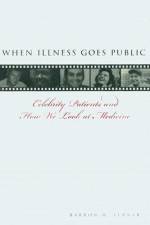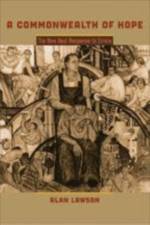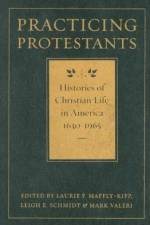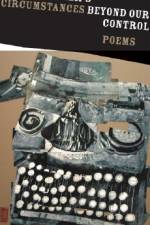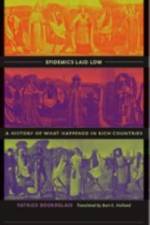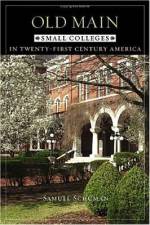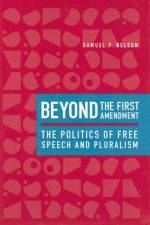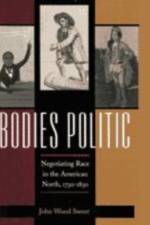av John B Rehder
595,-
Appalachia may be the most mythologized and misunderstood place in America, its way of life and inhabitants both caricatured and celebrated in the mainstream media. Over generations, though, the families living in the mountainous region stretching from West Virginia to northeastern Alabama have forged one of the country's richest and most distinctive cultures, encompassing music, food, architecture, customs, and language.In Appalachian Folkways, geographer John Rehder offers an engaging and enlightening account of southern Appalachia and its cultural milieu that is at once sweeping and intimate. From architecture and traditional livelihoods to beliefs and art, Rehder, who has spent thirty years studying the region, offers a nuanced depiction of southern Appalachia's social and cultural identity. The book opens with an expert consideration of the southern Appalachian landscape, defined by mountains, rocky soil, thick forests, and plentiful streams. While these features have shaped the inhabitants of the region, Rehder notes, Appalachians have also shaped their environment, and he goes on to explore the human influence on the landscape.From physical geography, the book moves to settlement patterns, describing the Indian tribes that flourished before European settlement and the successive waves of migration that brought Melungeon, Scotch-Irish, English, and German settlers to the region, along with the cultural contributions each made to what became a distinct Appalachian culture. Next focusing on the folk culture of Appalachia, Rehder details such cultural expressions as architecture and landscape design; traditional and more recent ways of making a living, both legal andillegal; foodstuffs and cooking techniques; folk remedies and belief systems; music, art, and the folk festivals that today attract visitors from around the world; and the region's dialect. With its broad scope and deep research, Appalachian Folkways accurately and evocatively chroni

